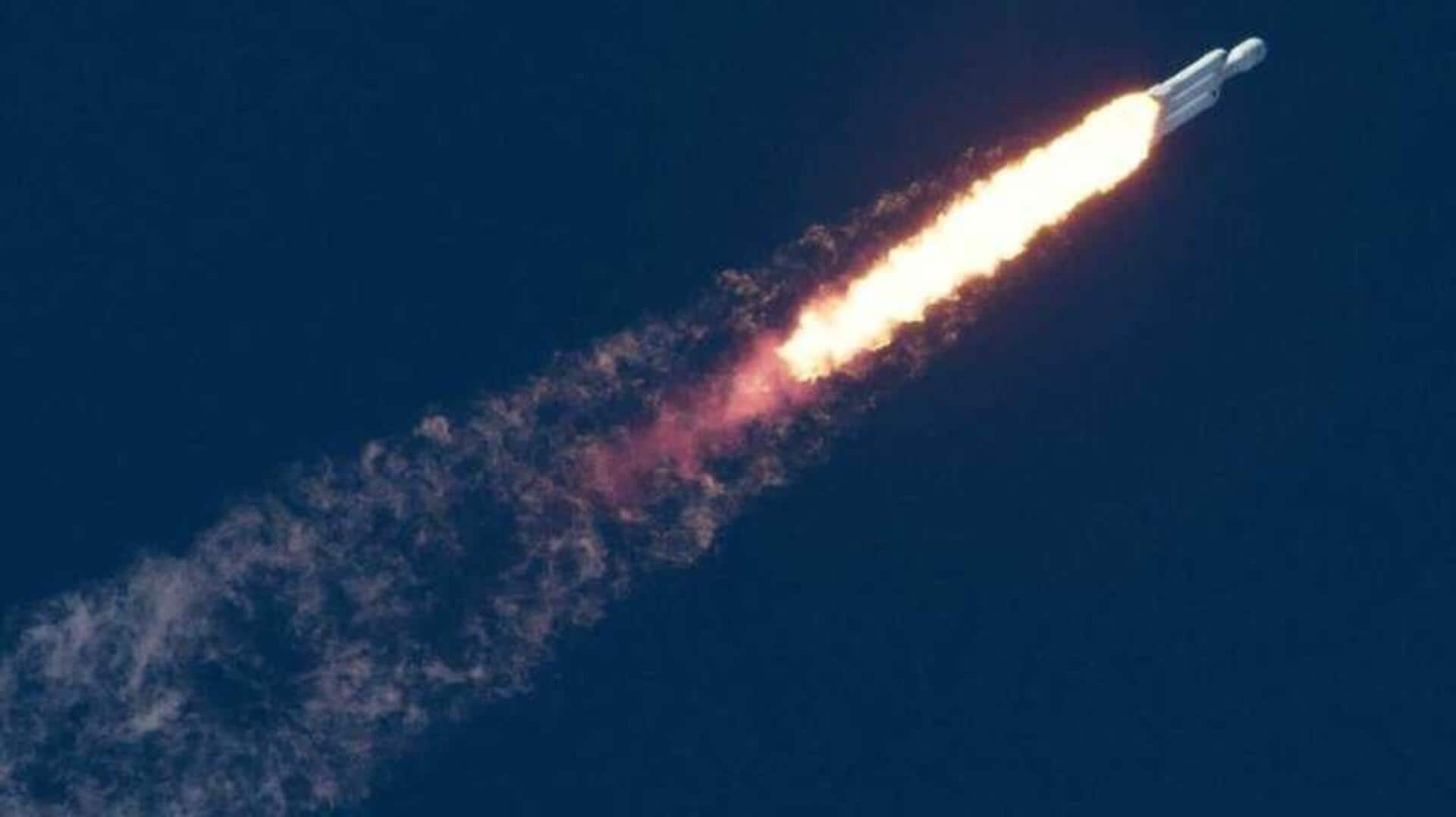
Increasing rocket launches could harm Earth's ozone layer: Study
What's the story
The recent surge in global rocket launches could hinder the recovery of Earth's vital ozone layer, a new study has warned. The research highlights an environmental concern that is often overlooked but could be mitigated with proactive and coordinated efforts. The ozone layer protects life on Earth from harmful ultraviolet (UV) radiation, making its preservation crucial for our planet's health.
Environmental impact
Rocket launches steadily increasing
The rapid growth of the space industry has led to an increase in rocket launches and re-entering space debris. These activities release pollutants into the middle atmosphere, which can harm the ozone layer. The problem has been underestimated for decades, but scientists are just beginning to understand its implications. In 2019, there were only 97 orbital space rocket launches globally, a number that surged to 258 by 2024 and is expected to keep rising rapidly.
Persistence
How rocket emissions affect ozone layer
Rocket and re-entering space debris emissions can linger in the middle and upper atmosphere for up to 100 times longer than ground-based sources. This is due to absence of removal processes like cloud-driven washout. Although most launches are in the Northern Hemisphere, atmospheric circulation spreads these pollutants globally. A study led by Laura Revell from University of Canterbury simulated how projected rocket emissions would affect ozone layer by 2030, finding that global average ozone thickness could decline by nearly 0.3%.
Recovery delay
Delay in recovery
The study also found that emissions from rockets, which are currently unregulated, could delay the recovery of the ozone layer by years or even decades. This is particularly concerning as the global ozone layer is still about 2% thinner than pre-industrial levels and is not expected to fully recover until around 2066. The main culprits behind ozone depletion from rocket emissions are gaseous chlorine and soot particles.
Fuel impact
Cryogenic fuels have negligible effect on ozone layer
Most rocket propellants produce soot, while chlorine emissions mainly come from solid rocket motors. Currently, the only propulsion systems that have a negligible effect on the ozone layer are those using cryogenic fuels like liquid oxygen and hydrogen. However, this technology is only used in around 6% of rocket launches due to its technological complexity. The study also highlights that re-entry emissions from low Earth orbit satellites could further impact the ozone layer but are poorly understood at present.
Action plan
Measures needed to protect the layer
The study emphasizes the need for coordinated efforts between scientists, policymakers, and industry to protect the ozone layer. It suggests monitoring rocket emissions, lowering chlorine and soot-producing fuels, promoting alternative propulsion systems, and implementing necessary regulations.